
Powered by Pinaki IT Hub – Building the Next Generation of Tech Leaders
Software development has always been the foundation of the digital world. In 2025, it has evolved into a dynamic ecosystem where agile practices, cloud technologies, AI-driven coding, and cybersecurity-first approaches are reshaping industries.
From mobile apps to enterprise solutions, software is no longer just about building programs—it’s about creating scalable, secure, and intelligent systems that transform the way businesses operate.
In this blog, we’ll explore:
- What software development means in 2025
- Core technologies driving innovation
- How top companies are applying modern development practices
- The market impact and growth opportunities
- Career paths for aspiring developers
By the end, you’ll understand how software development is redefining the digital landscape—and how you can be part of it.
1. What Is Software Development in 2025?

Software development in 2025 is no longer just about writing code. It has evolved into a comprehensive, multi-faceted discipline that blends creativity, logic, and advanced technology to build solutions that solve real-world problems. Modern software development involves designing, building, testing, and maintaining applications while keeping scalability, security, and user experience at the forefront.At its core, software development today is user-centric, data-driven, and innovation-focused. Developers now collaborate with designers, analysts, and AI systems to ensure applications are not only functional but also intuitive, responsive, and secure.
Key Components of Modern Software Development
- Agile & DevOps:
- Agile methodology emphasizes iterative development, flexibility, and collaboration across teams. In 2025, Agile has matured to accommodate hybrid frameworks that integrate remote collaboration, automated testing, and real-time feedback loops.
- DevOps bridges the gap between development and operations, ensuring continuous integration and continuous delivery (CI/CD). This allows teams to release new features, bug fixes, and updates rapidly and reliably, reducing downtime and improving customer satisfaction.
- Agile methodology emphasizes iterative development, flexibility, and collaboration across teams. In 2025, Agile has matured to accommodate hybrid frameworks that integrate remote collaboration, automated testing, and real-time feedback loops.
- Cloud-Native Development:
- Cloud-native development leverages platforms like AWS, Microsoft Azure, and Google Cloud Platform to build applications that are inherently scalable, resilient, and globally accessible.
- Developers can now deploy microservices, containerized applications, and serverless architectures, ensuring high availability, optimal resource usage, and cost efficiency.
- Cloud-native development leverages platforms like AWS, Microsoft Azure, and Google Cloud Platform to build applications that are inherently scalable, resilient, and globally accessible.
- AI-Powered Coding:
- AI tools like GitHub Copilot, Tabnine, and OpenAI Codex assist developers in writing error-free code faster, automating repetitive tasks, and even suggesting architecture improvements.
- AI-powered testing tools analyze code for bugs, vulnerabilities, and performance bottlenecks, reducing manual testing time and improving software quality.
- AI tools like GitHub Copilot, Tabnine, and OpenAI Codex assist developers in writing error-free code faster, automating repetitive tasks, and even suggesting architecture improvements.
- Microservices Architecture:
- Modern applications are built as a set of independent services that communicate through APIs.
- Microservices allow development teams to update, scale, and deploy individual modules without affecting the entire system, making software more flexible, maintainable, and resilient.
- Modern applications are built as a set of independent services that communicate through APIs.
- Cybersecurity Integration:
- Security is no longer an afterthought. Modern software development embeds security measures at every stage of the development lifecycle.
- This includes secure coding practices, automated vulnerability scanning, encryption, authentication protocols, and compliance with data privacy regulations such as GDPR and HIPAA.
- Security is no longer an afterthought. Modern software development embeds security measures at every stage of the development lifecycle.
Applications of Software Development in 2025

- E-commerce:
- Platforms like Amazon, Flipkart, and Shopify rely on complex software systems to handle inventory, payments, logistics, and personalised customer experiences.
- AI algorithms recommend products, optimise pricing, and automate supply chain operations.
- Platforms like Amazon, Flipkart, and Shopify rely on complex software systems to handle inventory, payments, logistics, and personalised customer experiences.
- Healthcare:
- Telemedicine apps, electronic health records (EHR), and AI-based diagnostic tools are transforming patient care.
- Software solutions help doctors monitor patients remotely, predict disease outbreaks, and manage large-scale medical data efficiently.
- Telemedicine apps, electronic health records (EHR), and AI-based diagnostic tools are transforming patient care.
- Finance:
- Mobile banking apps, fintech solutions, and blockchain-powered platforms are revolutionising how money is managed and transferred.
- Software development ensures secure transactions, real-time fraud detection, and smart investment tools for users.
- Mobile banking apps, fintech solutions, and blockchain-powered platforms are revolutionising how money is managed and transferred.
- Education:
- Learning Management Systems (LMS), e-learning apps, and virtual classrooms are making education accessible and personalised.
- Software enables adaptive learning, progress tracking, online assessments, and interactive simulations.
- Learning Management Systems (LMS), e-learning apps, and virtual classrooms are making education accessible and personalised.
- Daily Life & IoT:
- From social media apps to smart home devices, software touches every part of daily life.
- IoT-enabled devices rely on robust backend systems to collect, analyse, and act on data in real time, powering smart homes, wearable tech, and connected vehicles.
- From social media apps to smart home devices, software touches every part of daily life.
In 2025, software development is not just a career—it’s a cornerstone of modern innovation. It combines technical expertise, problem-solving skills, and a deep understanding of user needs to create solutions that impact millions worldwide.
2. Core Technologies Driving Software Development in 2025

The landscape of software development is evolving rapidly, and in 2025, developers are leveraging advanced technologies to create applications that are faster, smarter, and more scalable than ever before. These technologies not only improve development efficiency but also enable innovation across industries, from healthcare and finance to e-commerce and smart cities.
Below are the core technologies shaping modern software development:
1. Cloud Computing

- Definition: Cloud computing allows software to be deployed, hosted, and accessed over the internet rather than relying solely on local servers.
- Benefits: Scalability, cost efficiency, high availability, and easy collaboration.
- Applications:
- Hosting web and mobile applications with minimal infrastructure costs.
- Enabling global access to enterprise applications like SAP, Salesforce, and Microsoft 365.
- Supporting large-scale data storage and computing for AI/ML workloads.
- Hosting web and mobile applications with minimal infrastructure costs.
- Trends in 2025: Serverless architectures, multi-cloud deployments, and edge computing are becoming mainstream, allowing faster processing and reduced latency.
2. Artificial Intelligence (AI)

- Definition: AI simulates human intelligence in software systems, enabling them to perform tasks such as decision-making, language understanding, and pattern recognition.
- Benefits: Automates repetitive tasks, enhances accuracy, and supports intelligent decision-making.
- Applications:
- AI-assisted coding platforms (e.g., GitHub Copilot) for faster, error-free development.
- Automated testing, bug detection, and performance monitoring.
- Smart chatbots, virtual assistants, and customer support automation.
- AI-assisted coding platforms (e.g., GitHub Copilot) for faster, error-free development.
- Trends in 2025: Generative AI tools are now widely integrated into development pipelines, helping teams create code, generate content, and even prototype applications faster than traditional methods.
3. Machine Learning (ML)
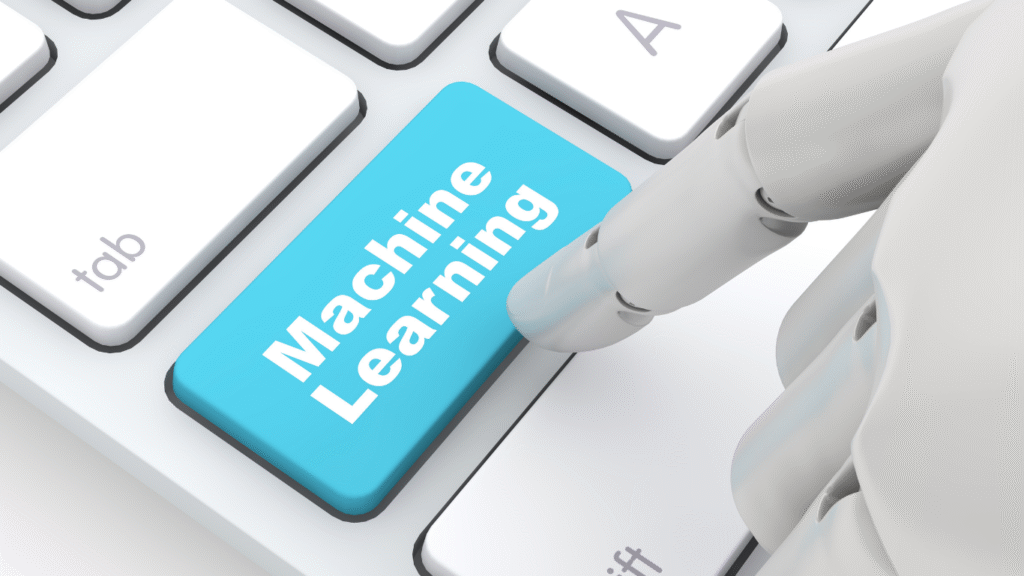
- Definition: ML is a subset of AI where software systems learn from data and improve over time without explicit programming.
- Benefits: Predictive capabilities, personalization, and data-driven insights.
- Applications:
- Recommendation engines in e-commerce (Amazon, Netflix).
- Predictive maintenance in industrial applications.
- Personalized user experiences in fintech, healthcare, and education platforms.
- Recommendation engines in e-commerce (Amazon, Netflix).
- Trends in 2025: AutoML platforms allow developers to create ML models without extensive expertise, democratizing AI-powered software development.
4. Blockchain

- Definition: Blockchain is a decentralized ledger technology that ensures transparency, immutability, and security.
- Benefits: Secure transactions, fraud prevention, and data integrity.
- Applications:
- Cryptocurrency and digital payment systems.
- Transparent supply chain management.
- Smart contracts for automated legal and business processes.
- Cryptocurrency and digital payment systems.
- Trends in 2025: Enterprises are using private and hybrid blockchains to manage sensitive data securely while ensuring regulatory compliance.
5. Internet of Things (IoT)

- Definition: IoT connects physical devices to the internet, enabling data collection, analysis, and automated action.
- Benefits: Remote monitoring, data-driven insights, and real-time control of devices.
- Applications:
- Smart homes: connected appliances, lighting, and security systems.
- Healthcare: wearable devices monitoring vital signs in real-time.
- Industry 4.0: automated factories with interconnected machinery for predictive maintenance.
- Smart homes: connected appliances, lighting, and security systems.
- Trends in 2025: Edge computing is increasingly used in IoT to reduce latency and process data locally for real-time decision-making.
6. Low-Code/No-Code Platforms

- Definition: These platforms allow developers and even non-developers to create applications with minimal or no coding using visual interfaces and pre-built components.
- Benefits: Accelerates development, reduces dependency on highly skilled programmers, and enables rapid prototyping.
- Applications:
- Business process automation.
- Internal tools for HR, finance, and operations.
- Quick deployment of web and mobile applications.
- Trends in 2025: Integration of AI and ML into low-code/no-code platforms allows applications to be automatically optimized for performance, personalization, and user engagement.
- Business process automation.
In 2025, these core technologies collectively redefine what software development can achieve, allowing businesses to innovate faster, improve user experiences, and maintain a competitive edge in a digitally driven world. Developers who master these tools are positioned to lead the next wave of technological transformation.
3. Real-World Applications by IT Giants

In 2025, the world’s leading IT companies are not just writing software—they are building ecosystems that integrate advanced technologies like AI, cloud computing, machine learning, and serverless architectures to deliver innovative solutions at scale. Let’s explore how top IT giants are leveraging software development to transform industries and enhance user experiences globally.
1. Google

- AI-Driven Productivity Tools: Google Workspace now integrates AI-powered assistants that help users draft documents, summarize emails, create presentations, and even generate charts automatically. These tools reduce manual effort, increase productivity, and enable smarter collaboration across teams.
- Cloud-Native Services: Google Cloud provides scalable infrastructure for startups and enterprises, allowing applications to handle millions of users seamlessly.
- Data Analytics & AI Integration: Google’s advanced AI and ML algorithms power products like Google Search, Google Maps, and YouTube recommendations, providing personalized experiences for billions of users worldwide.
- Impact: By integrating AI deeply into productivity and cloud tools, Google enables businesses to innovate faster, make smarter decisions, and automate workflows with minimal human intervention.
2. Microsoft

- Azure DevOps & Cloud Solutions: Microsoft’s Azure platform offers end-to-end cloud solutions, enabling developers to build, test, and deploy applications globally. Azure DevOps combines CI/CD pipelines, automated testing, and version control for rapid application delivery.
- GitHub Integration: With GitHub, Microsoft empowers developers to collaborate, manage code repositories, and leverage AI tools like Copilot for intelligent code suggestions and debugging.
- Enterprise Software Innovation: Microsoft is advancing hybrid cloud and AI-powered enterprise applications, helping businesses optimize operations, enhance cybersecurity, and deliver real-time analytics.
- Impact: Microsoft accelerates cloud adoption and developer productivity, providing organizations with tools to scale applications efficiently and integrate AI-driven intelligence into business processes.
3. Amazon

- AWS Lambda & Serverless Computing: Amazon Web Services (AWS) enables developers to build scalable applications without managing underlying servers. AWS Lambda allows real-time processing, microservices deployment, and cost-efficient scaling based on actual usage.
- AI & ML Services: Amazon’s AI-powered tools, such as SageMaker, allow businesses to develop, train, and deploy machine learning models quickly, supporting industries like e-commerce, healthcare, and logistics.
- E-commerce Optimization: Amazon uses advanced software systems for inventory management, dynamic pricing, and hyper-personalized recommendations, ensuring a seamless shopping experience for millions of users.
- Impact: By combining serverless computing with AI-driven applications, Amazon enables businesses to innovate rapidly, scale efficiently, and provide superior customer experiences.
4. IBM
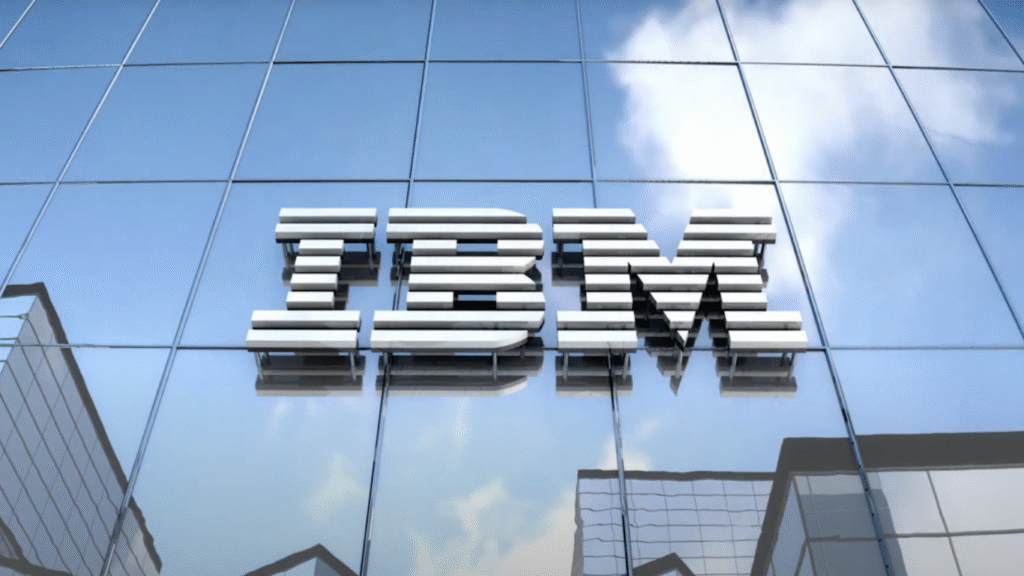
- Hybrid Cloud Platforms: IBM focuses on hybrid cloud solutions that combine private, public, and on-premise systems, enabling enterprises to manage sensitive data securely while maintaining flexibility.
- AI-Powered Enterprise Solutions: IBM Watson provides cognitive computing, predictive analytics, and natural language processing for healthcare, finance, and industrial applications.
- Automation & Cybersecurity: IBM develops software for automated workflows, threat detection, and compliance monitoring, helping large organizations reduce risk and improve operational efficiency.
- Impact: IBM demonstrates how software development can create enterprise-grade solutions that are secure, intelligent, and capable of handling complex business requirements at scale.
5. Apple
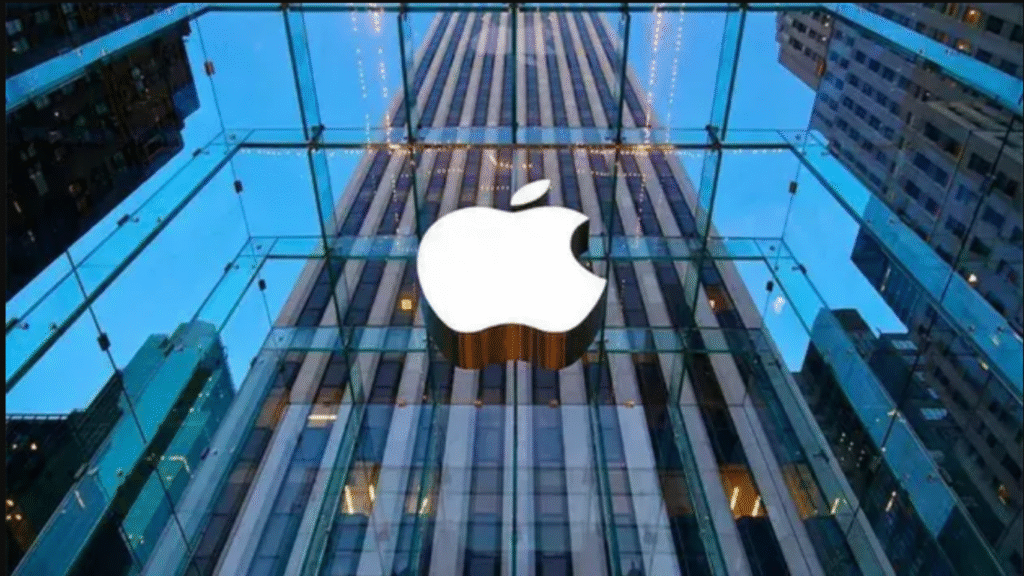
- Continuous iOS App Innovation: Apple consistently advances iOS, iPadOS, and watchOS applications with cutting-edge frameworks like SwiftUI, ARKit, and Core ML, enabling developers to build immersive, high-performance apps.
- Developer Ecosystem: Apple’s App Store provides a global platform for developers to distribute apps, reaching millions of users while maintaining strict quality and security standards.
- Integration with Hardware & Software: Apple integrates software development with its hardware ecosystem, enabling optimized performance for devices like iPhone, iPad, Mac, and Apple Watch.
- Impact: Apple’s software development strategy ensures seamless user experiences, encourages innovation in mobile and wearable apps, and maintains a robust ecosystem for global developers.
From cloud-based platforms to AI-powered productivity tools, these IT giants show how modern software development is not just about coding—it’s about building scalable, intelligent, and secure solutions that transform industries and everyday life. Their approaches demonstrate the power of combining cutting-edge technologies, agile development practices, and a user-centric mindset to achieve innovation at scale.
4. Market Impact & Growth

The software development industry is experiencing unprecedented growth, driven by advancements in cloud computing, artificial intelligence, machine learning, cybersecurity, and IoT. By 2030, the global software development market is projected to surpass $1 trillion, reflecting the increasing reliance of businesses, governments, and individuals on software solutions to drive efficiency, innovation, and connectivity.
Modern software development is no longer limited to coding—it is a strategic enabler of digital transformation across industries.
Let’s explore the key impacts and growth drivers in detail:
1. Business Agility and Competitive Advantage
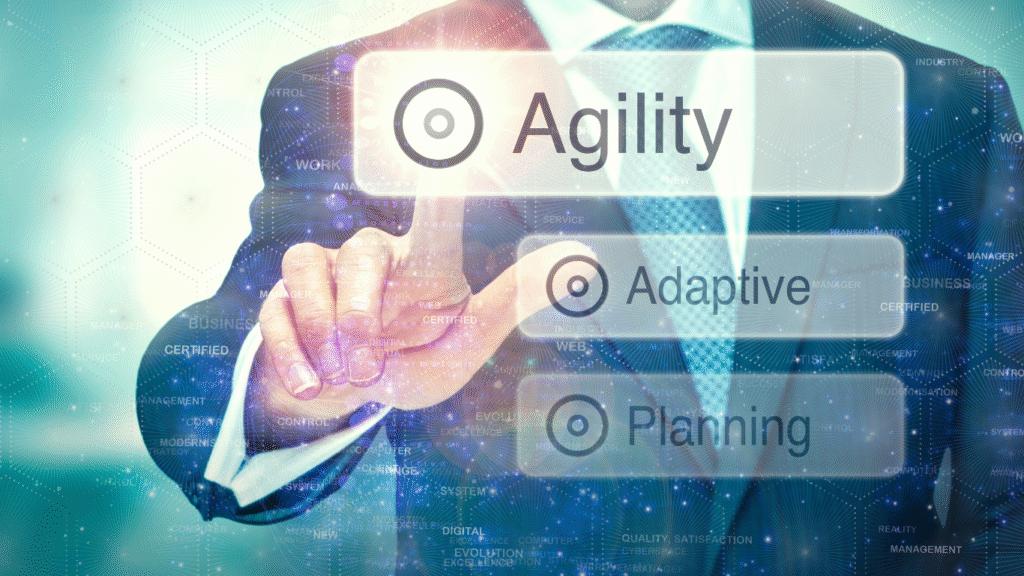
- In today’s fast-paced market, companies must respond quickly to customer demands and emerging trends.
- Agile methodologies, DevOps practices, and CI/CD pipelines allow rapid software releases, enabling businesses to introduce new features, fix bugs, and optimize performance continuously.
- Example: E-commerce platforms like Amazon and Flipkart can deploy personalized features in real-time, enhancing customer engagement and maintaining a competitive edge.
- Impact: Businesses adopting modern software development practices experience faster time-to-market, increased innovation, and stronger adaptability in an ever-changing digital landscape.
2. Cost Reduction and Operational Efficiency

- Cloud-native applications, serverless computing, and automated deployment pipelines reduce the need for extensive on-premise infrastructure.
- DevOps practices streamline operations, minimize downtime, and optimize resource utilization.
- Example: Companies using AWS Lambda or Azure Functions pay only for actual usage rather than maintaining idle servers, significantly lowering operational costs.
- Impact: Organizations save millions annually on infrastructure, maintenance, and human resources, while freeing teams to focus on high-value innovation rather than repetitive tasks.
3. Global Accessibility and Scalability
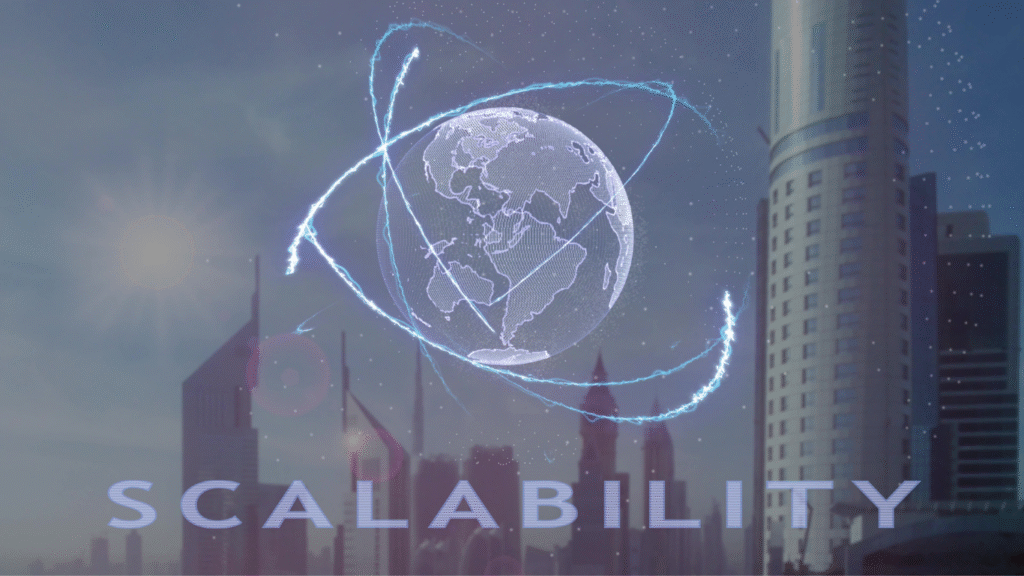
- Software development today enables applications to reach billions of users worldwide, breaking geographical barriers and creating inclusive digital ecosystems.
- Cloud platforms, containerization, and microservices architecture allow apps to scale dynamically to accommodate sudden spikes in traffic.
- Example: Online learning platforms like Coursera or Byju’s can provide interactive education to millions of students simultaneously, leveraging scalable software architectures.
- Impact: Businesses can expand globally, offer real-time services, and maintain consistent performance across regions, driving both revenue growth and user satisfaction.
4. Security-First Approach

- With the rise of cyber threats, software security has become a critical priority in every development cycle.
- Modern development integrates security by design, including encryption, authentication, real-time monitoring, and compliance with global data privacy regulations such as GDPR, HIPAA, and CCPA.
- Example: Financial institutions leverage secure coding practices and AI-driven threat detection to protect user data and prevent fraud.
- Impact: Investing in secure software reduces risks of data breaches, enhances customer trust, and ensures compliance with regulatory standards—ultimately protecting brand reputation and business continuity.
5. Market Growth Drivers

Several factors are fueling the growth of the software development market:
- AI & ML Integration: Automation of workflows, predictive analytics, and intelligent decision-making across sectors.
- IoT Expansion: Software enabling connected devices for smart homes, industrial automation, and wearable technology.
- Remote Work & Collaboration Tools: Accelerated demand for productivity apps, cloud platforms, and real-time collaboration software.
- Digital Transformation Initiatives: Enterprises across healthcare, finance, education, and retail are investing heavily in modern software solutions to stay competitive.
6. Industry-Wide Economic Impact
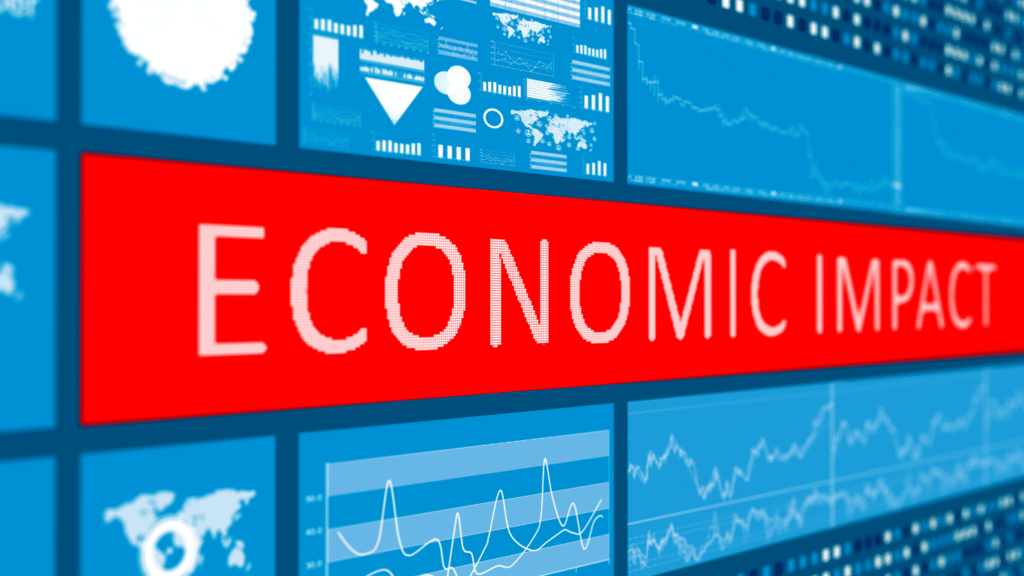
- According to recent reports, software-driven innovation contributes significantly to GDP growth in tech-driven economies.
- Companies adopting modern software development practices report:
- 20–30% faster product development cycles
- 15–25% reduction in operational costs
- Improved customer engagement and retention, directly boosting revenue streams
- 20–30% faster product development cycles
The global software development market in 2025 is more than just a technical sector—it is a cornerstone of economic growth, innovation, and digital transformation. Companies leveraging modern software technologies gain agility, cost efficiency, global reach, and robust security, making software development a strategic driver for success across industries.
5. Career Opportunities in Software Development

Software development continues to be one of the most dynamic and rewarding career paths in 2025. With businesses across industries relying heavily on digital transformation, cloud solutions, AI, and cybersecurity, the demand for skilled software developers is higher than ever.Whether you aspire to work on cutting-edge AI applications, scalable cloud platforms, or secure enterprise systems, the software development field offers a wide range of high-paying, growth-oriented roles that cater to diverse skill sets.
In-Demand Roles in 2025
1. Full-Stack Developer

- Role Overview: Full-stack developers are versatile professionals skilled in both frontend (UI/UX) and backend (server, database, API) technologies. They design, build, and maintain entire software applications end-to-end.
- Skills Required: JavaScript frameworks (React, Angular, Vue), backend languages (Node.js, Python, Java), databases (SQL, MongoDB), and cloud integration.
- Impact: Full-stack developers are crucial for building robust, scalable applications that offer seamless user experiences across platforms.
2. Cloud Engineer
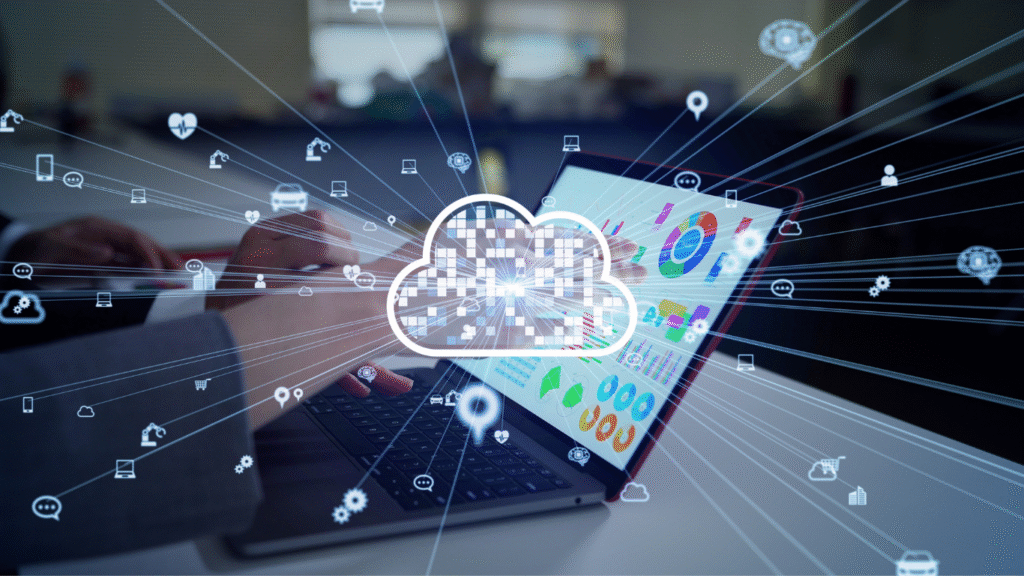
- Role Overview: Cloud engineers specialize in deploying, managing, and optimizing applications on cloud platforms like AWS, Azure, and Google Cloud.
- Skills Required: Cloud architecture, serverless computing, Kubernetes, Docker, networking, and security best practices.
- Impact: They enable scalable, cost-efficient, and globally accessible applications, powering industries from fintech to e-commerce.
3. DevOps Engineer
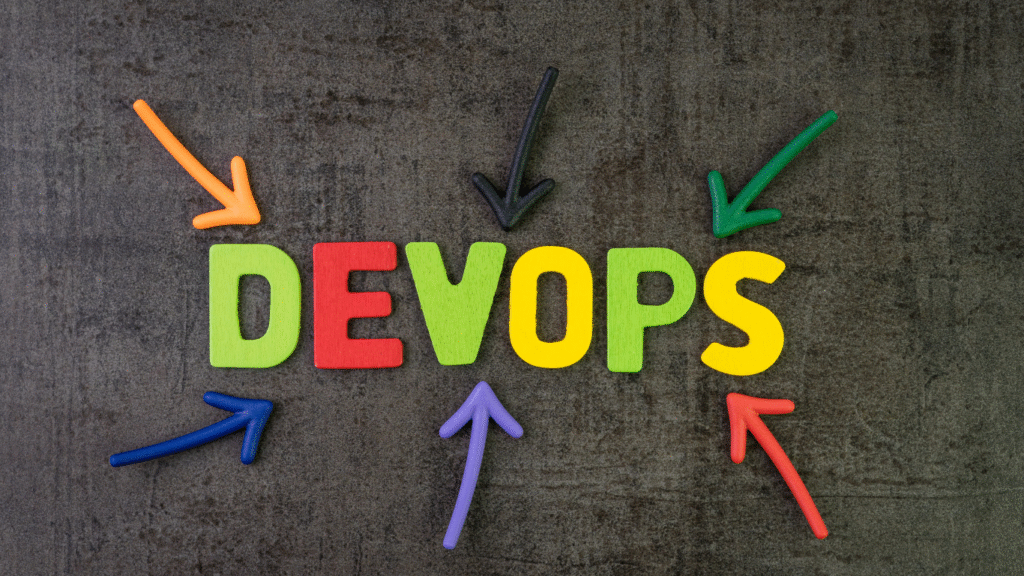
- Role Overview: DevOps engineers bridge the gap between development and operations, managing CI/CD pipelines, automation tools, and agile processes.
- Skills Required: Jenkins, GitHub Actions, Ansible, Terraform, Docker, Kubernetes, and cloud platforms.
- Impact: DevOps ensures rapid deployment, higher software quality, and seamless updates, allowing businesses to innovate faster while reducing downtime.
4. Mobile App Developer

- Role Overview: Mobile developers build applications for iOS and Android platforms, creating intuitive and high-performance apps for millions of users globally.
- Skills Required: Swift, Kotlin, React Native, Flutter, UI/UX design principles, and app store deployment.
- Impact: They drive digital engagement, from social media and e-commerce apps to educational and healthcare platforms.
5. Cybersecurity Developer

- Role Overview: Cybersecurity developers focus on building secure software systems and protecting applications from vulnerabilities, data breaches, and cyber-attacks.
- Skills Required: Secure coding, encryption, network security, ethical hacking, and compliance with privacy regulations like GDPR and HIPAA.
- Impact: They safeguard sensitive data, ensuring trust and compliance for enterprises and end-users alike.
6. AI/ML Developer

- Role Overview: AI/ML developers create intelligent, data-driven applications that can learn from data, predict outcomes, and make autonomous decisions.
- Skills Required: Python, R, TensorFlow, PyTorch, NLP, computer vision, and data modeling.
- Impact: They power applications in healthcare diagnostics, predictive analytics, personalized recommendations, and autonomous systems, shaping the future of technology.
Salary Insights

- India: ₹8 – ₹25 LPA for mid-level roles; senior developers and specialized roles can earn up to ₹40 LPA.
- Global: $100,000 – $180,000 annually, with top-tier positions in Silicon Valley, London, and Singapore offering higher compensation, often exceeding $200,000 for senior roles.
Industries Hiring Software Developers

Software developers are in demand across multiple high-growth industries, including:
- Finance: Building fintech apps, payment gateways, blockchain solutions, and algorithmic trading platforms.
- Healthcare: Developing telemedicine platforms, digital health records, AI-powered diagnostics, and wearable device integration.
- Retail & E-commerce: Crafting personalized shopping experiences, recommendation engines, inventory management, and logistics automation.
- Cloud Computing: Developing scalable applications, serverless solutions, and cloud-based enterprise software.
- Cybersecurity: Creating secure software systems, threat detection algorithms, and compliance-driven platforms.
- Education & E-learning: Designing interactive learning management systems (LMS), virtual classrooms, and adaptive learning platforms.
Software development in 2025 is more than just coding—it’s about shaping the digital future. Professionals in this field have the opportunity to work on innovative technologies, drive business transformation, and create solutions that impact millions of users worldwide. With strong demand, competitive salaries, and diverse career paths, software development remains a highly rewarding and future-proof profession.
6. Why Choose Pinaki IT Hub to Learn Software Development?

In 2025, mastering software development requires more than just theoretical knowledge. It demands hands-on experience, exposure to cutting-edge technologies, and guidance from industry experts. At Pinaki IT Hub, we bridge the gap between learning and real-world application, ensuring our students are fully industry-ready and equipped to thrive in the rapidly evolving tech landscape.
Here’s why aspiring developers choose Pinaki IT Hub:
1. Hands-On Projects with Real-World Applications
- Learning by doing is the cornerstone of our teaching methodology. Students work on live projects from industries such as e-commerce, finance, healthcare, and education, gaining practical experience in building web, mobile, and cloud-based applications.
- You’ll learn to integrate AI, ML, IoT, and cloud technologies into projects, preparing you for real challenges in professional environments.
- By the end of the program, you’ll have a robust portfolio of completed projects that demonstrates your skills to potential employers.
2. Mentorship from Industry Experts
- Our mentors are seasoned professionals with 15+ years of global experience in software development, cloud computing, DevOps, AI/ML, and cybersecurity.
- They provide personalized guidance, share insider industry insights, and help you navigate complex technologies, frameworks, and coding challenges.
- Mentorship at Pinaki IT Hub ensures that students not only learn the tools but also understand best practices, workflow optimization, and industry standards.
3. Global Certifications for Career Advancement
- We prepare students for highly recognized certifications in technologies that matter:
- Cloud: AWS, Azure, Google Cloud
- Programming & Development: Python, Java, C#, React, Node.js
- AI & ML: TensorFlow, PyTorch, Data Science certifications
- DevOps & Cybersecurity: CI/CD pipelines, Docker, Kubernetes, secure coding
- Cloud: AWS, Azure, Google Cloud
- These certifications validate your skills globally, giving you a competitive edge in the job market and opening doors to opportunities in top tech companies worldwide.
4. High Placement Success Rate
- Pinaki IT Hub has a dedicated placement support program that connects students with leading MNCs, startups, and tech-driven enterprises.
- Our approach includes mock interviews, resume-building sessions, and personalized career guidance, ensuring you are confident and job-ready.
- With a 97% placement success rate, our graduates secure positions in high-paying roles across domains like full-stack development, cloud engineering, DevOps, AI/ML, and cybersecurity.
5. Cutting-Edge Curriculum Designed for 2025 and Beyond
- Our curriculum is continuously updated to reflect emerging trends, frameworks, and tools in the software industry.
- Students gain expertise in cloud-native development, microservices architecture, AI-powered coding, cybersecurity integration, and low-code/no-code platforms.
- By learning these advanced technologies, you are prepared for the future of software development, ensuring your skills remain relevant and in demand.
6. Why Pinaki IT Hub Stands Out

- We focus on practical learning, global exposure, and career-oriented training rather than just academic knowledge.
- Our teaching methodology emphasizes problem-solving, critical thinking, and real-world project execution, making you capable of handling challenges in any enterprise or startup.
- At Pinaki IT Hub, you don’t just learn software development—you experience it, apply it, and get ready to lead in the technology industry.
Choosing Pinaki IT Hub means choosing a career-driven, hands-on, and future-focused approach to software development. With expert mentorship, real-world projects, global certifications, and strong placement support, we equip you with the skills, confidence, and portfolio needed to thrive in a competitive global tech landscape.
Start your journey today and become a software development professional ready for 2025 and beyond.



